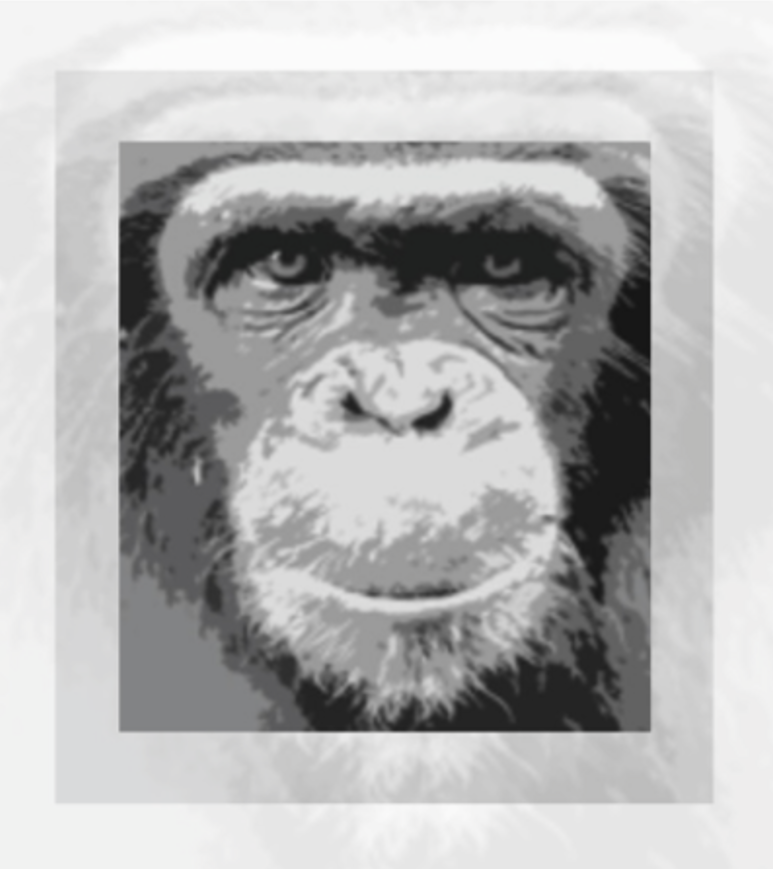Research & Protection
Building a Strong Presence
CBPP has established permanent facilities at Gangah that support biodiversity monitoring while providing a base for anti-poaching operations. Together with the Ministry of Forests and Wildlife (MINFOF) eco-guards and the Wildlife Conservation Society (WCS), our teams ensure continuous field presence. This “eyes on the ground” approach deters illegal activities and provides passive protection for the full spectrum of species living in the park.
Long-Term Monitoring at Gangah
Since 2016, the Gangah Research Station has anchored one of the most intensive biodiversity monitoring efforts in the region. Researchers and local partners conduct monthly transects, camera-trap surveys, and ecological monitoring to track chimpanzees alongside elephants, antelopes, carnivores, and other wildlife. Long-term phenology plots and habitat assessments help us understand how seasonal and climatic changes affect food availability and forest dynamics. This integrated approach generates data critical to forecasting the resilience of both chimpanzees and their ecosystems under pressures such as climate change and habitat loss.
Research and Protection Working Together
Conservation research at Gangah is inseparable from protection. Two dedicated patrol teams—made up of local community members and park rangers—help secure the study area from poaching, illegal fishing, and deforestation. The research station also provides a base for MINFOF eco-guards and supports partnerships with the Wildlife Conservation Society (WCS), ensuring continuous field presence that protects wildlife while advancing science.
Linking Ecology, Genetics, and Conservation Futures
Our studies show that ecological variation—not just geography—shapes the genetic and behavioral diversity of Nigeria–Cameroon chimpanzees. At the same time, long-term datasets from Gangah are revealing patterns across mammal communities and forest ecosystems that are essential for regional conservation planning. By combining genetics, ecology, and ecosystem monitoring, our team is developing models that guide conservation strategies for great apes and the broader landscapes they inhabit in a rapidly changing world.
